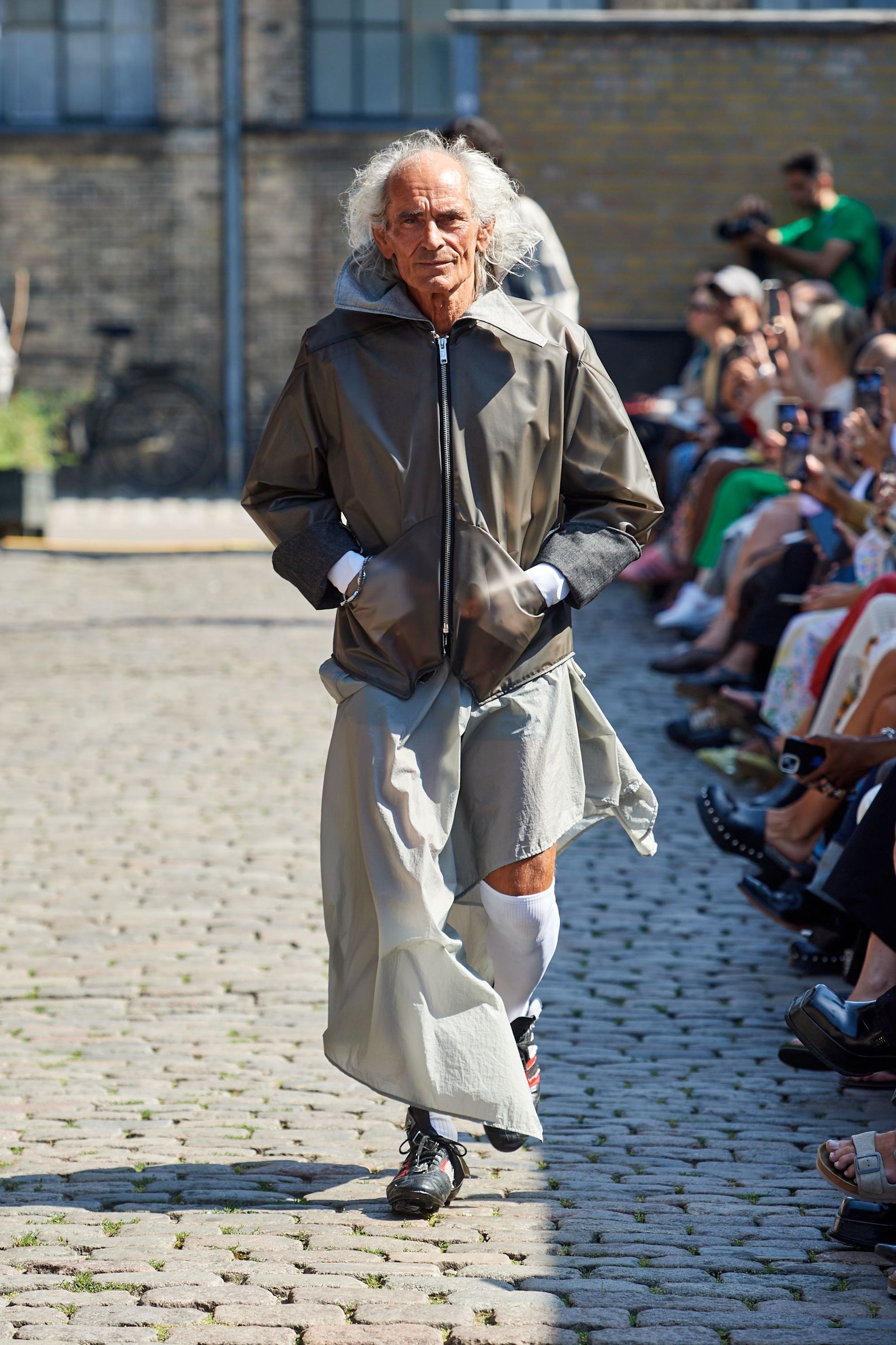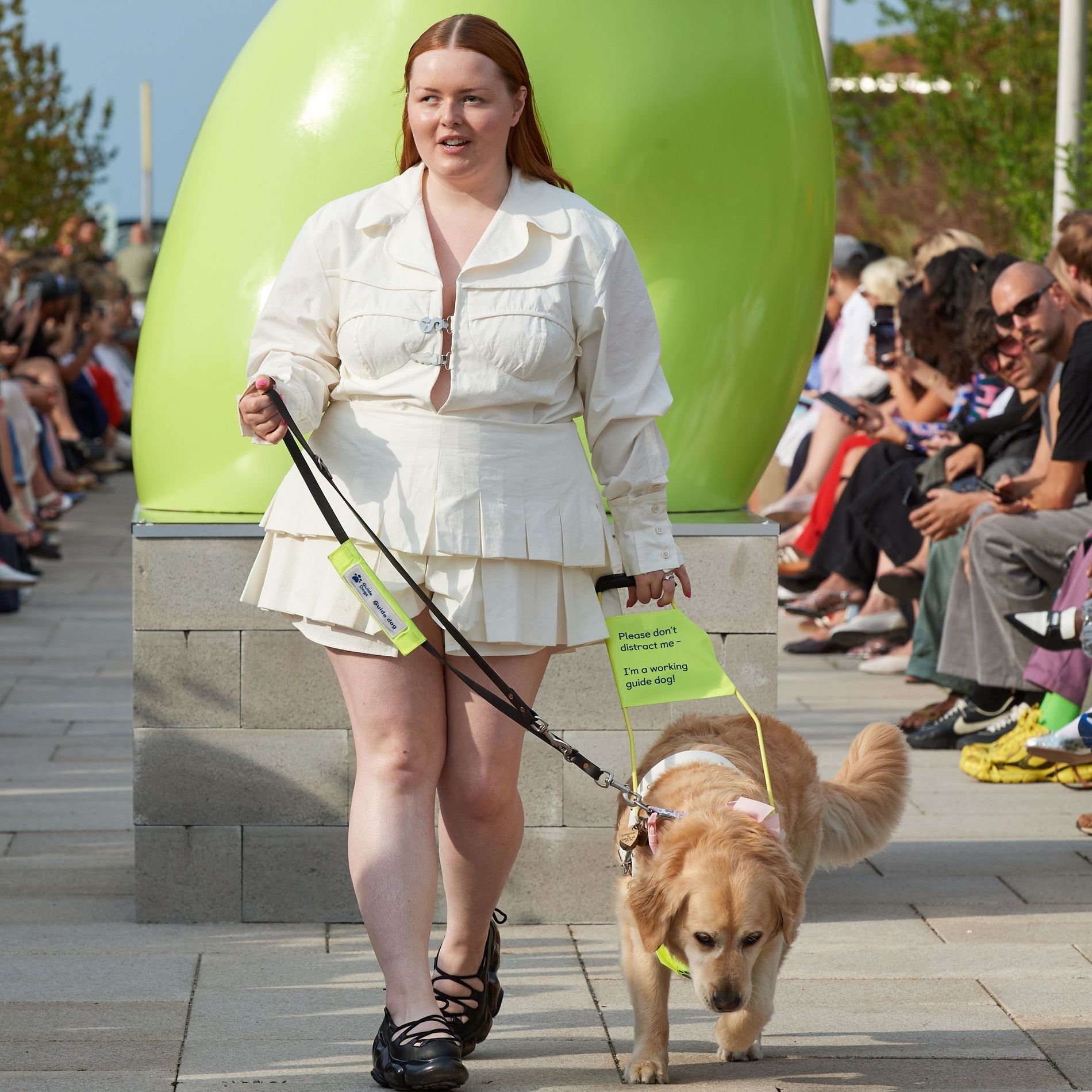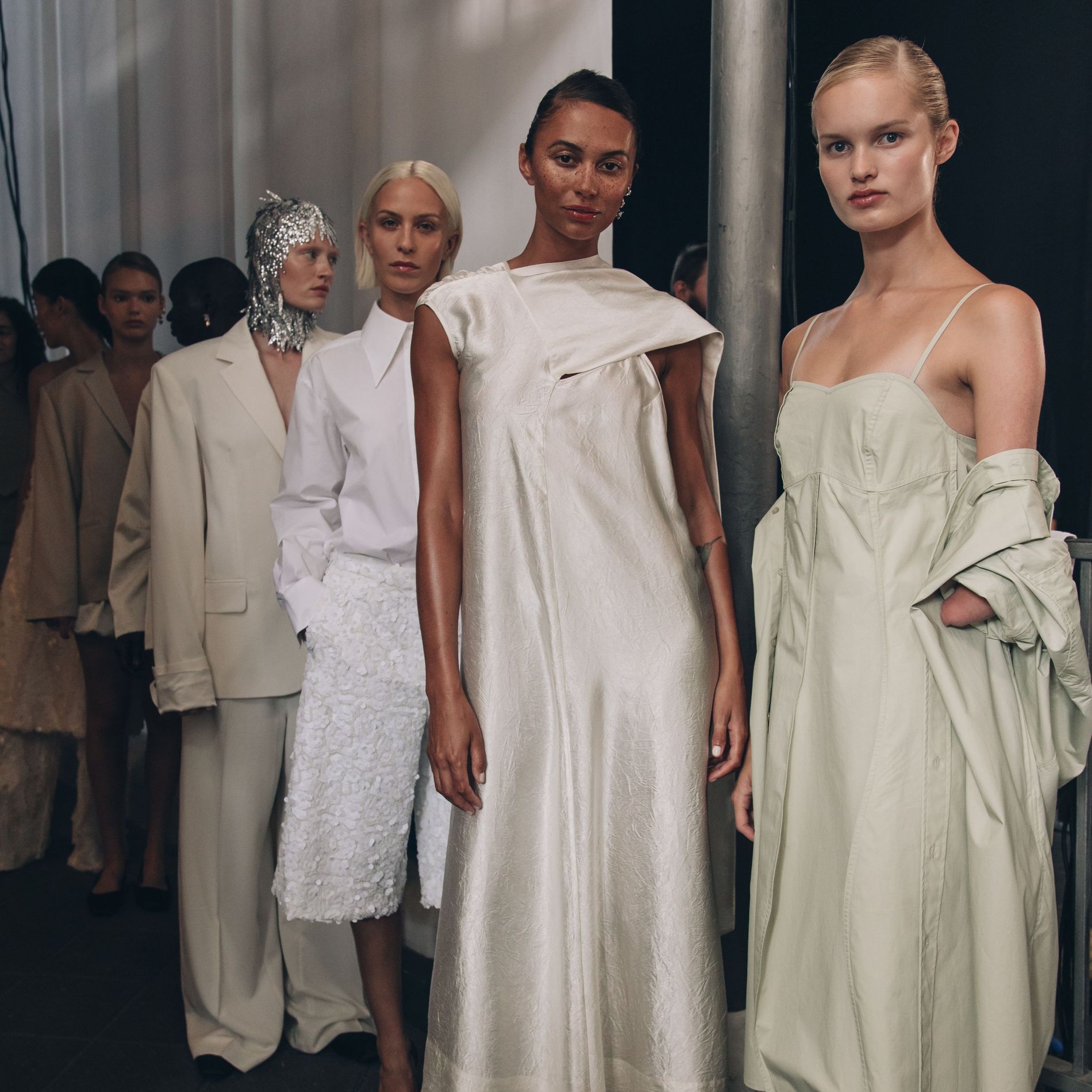While fashion weeks have a long history of populating runways with white waif-ish models, change is brewing. As diversity becomes an increasingly hot topic, we speak to the players who are spearheading change at Copenhagen Fashion Week
Whilst we drooled over Gestuz’s 1970s rockstar retreat and Han Kjøbenhavn’s space opera, what truly drew focus at the spring/summer 2025 season of Copenhagen Fashion Week was the casting. More than ever, we saw representation on the runway. Not only in terms of size or ethnicity but also in disability. Sinèad O’Dwyer brought out the first blind model to walk at Copenhagen, Fine Chaos opened with Sissel Stauersbøl who lives without the lower half of both legs and Victoria Hjulmand, born without the lower part of her left arm, walked for Herskind. When asked about her experience, Stauersbøl shares: "The fact that I got the chance to be part of it is crazy. 'I never thought I was going to model because of my disability, so this was truly something I will keep in my heart."
Advertisement
Whilst there is still progress to be made, Copenhagen Fashion Week is spearheading that change. For autumn/winter 2024 shows, the four main fashion weeks (New York, London, Milan, and Paris) only saw 0.8% plus-sized and 3.8% mid-sized models. In comparison, Copenhagen reported that 1.4% plus-sized and 15.3% mid-sized models walked the runways. "Some of the models doing shows in Copenhagen will not do shows in the other main markets,' says Jannick Lyneborg-Lindberg, founder of Le Management model agency . "Today, the cast in the shows are much much more inclusive than before. The focus is bigger in Denmark on diversity than in the main markets." Casting director Anja Gildum – who casted the shows of Forza Collective, Gestuz, and TG Botanical this season – adds that "they [Copenhagen Fashion Week] have been insisting on more diversity, especially in size, " she says. "It’s not like you’re not allowed to show, but they insist to brands that it’s important to have diversity."
Gildum's and Lyneborg-Lindberg's sentiments are shared by fellow Copenhagen casting directors Ida Langkær and Sophie Braae, the women behind Fine Chaos' casting this season, the majority of whom were discovered through an open casting. "It’s important for us to reflect the community, different body types, heights, ages, everything so that everyone feels involved and seen," says Langkær. "We don’t care about measurements, we chose a lot upon attitude and character, more than how they looked." Braae adds: "It was important for us that not everyone was model size, but that we had a lot of people who are like those in the real world. It wasn’t the main goal that it should be diverse, we just kind of saw what happened when people started showing up, and that’s when the magic happened."

Sissel Stauersbøl opening Fine Chaos.

Victoria Hjulmand walking Herskind.

Inclusivity is about much more than ethnicity, size and disability. It also encompasses age.
Having modelled herself, Gildum reflects on the changes in the industry throughout her career. She explains how, back when she walked shows, it was more like checking boxes. "If we had a few different [ethnicities], then it was fine." Now, Gildum remarks that inclusivity is not even a part of the conversation; it's the expected standard. That said, the casting director notes that the runway should be authentic. She believes brands need to be realistic in terms of the sizes they sell in the stores to avoid tokenism. "If you only sell up to a 46, then let’s not have a size 52 on the runway because that’s not super realistic," she says. "We are still selling a dream, but try to make it more approachable.
Sille Eyser Overgaard Sørensen, Gestuz's art director explains how the brand creates samples long before they even start casting for the show. "It can be quite a task to navigate not only sizing, casting, but also styling," she says. "What works for us is that we make sure to have on-location seamstresses that can tailor the samples to fit the models. So we are not choosing the models to fit the styles, but making the pieces fit them." She adds that the best measurement for progression is comparing yourself to yourself. "We as showcasing brands need to think of a cast as unfinished until it represents at least a diverse range of sizes, colour and overall look," she says. "I also think it helps to compare ourselves to ourselves from last season. How can we do just a bit more this season? How can we push through a little more? As we start to create a new idea of 'normal' and what is expected, we are raising the bar for the entire industry, and pushing each other to do better."

Lucy Edwards and her guide dog, Molly, walking Sinéad O'Dwyer SS25.
Perhaps one of the most notable moments of diverse casting during Copenhagen Fashion Week came when Lucy Edwards made history as the first blind person to walk the Sinèad O’Dwyer show. For Edwards, such representation goes beyond the presence of handicapped models. "This [Her appearance on the runway] is about those out there who are on day one of losing their vision," she says. "They’ve seen someone exactly like them walking the runway and they can say I want to be a model, and that to me is just everything."
Edwards is talking alongside London-based hair stylist Anna Cofone who put her forward to walk the show. Cofone reiterates Edward's point: "Fashion and beauty should have equal representation. It should champion and celebrate diversity and inclusivity, but also accessibility." The duo emphasises the importance of diversity within disability, highlighting that disability goes beyond being visibly handicapped. Cofone notes that this part of inclusivity may require more time to become widely expected and accepted. But, "it can be done," she states with confidence. "This is the future of the industry," Edwards says. "We believe strongly in this, and we can see it flourishing."
These days, according to Gildum, diverse models "just kind of flow into the cast" in Copenhagen, helping inclusivity to feel like the norm: "It doesn’t look like they’re trying to make a big deal of it.’ In this fashion, the casting moves from tokenistic to unquestioned routine. To her, the ultimate goal is for the necessity for such conversations to be eradicated: "If you’re not speaking about it, then we won’t get further in our mission. But, at the same time, if we weren’t speaking about it, it would be because we are already there."
